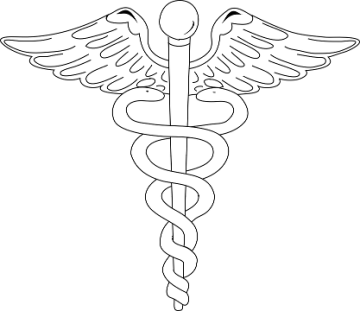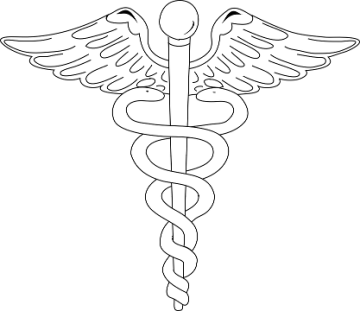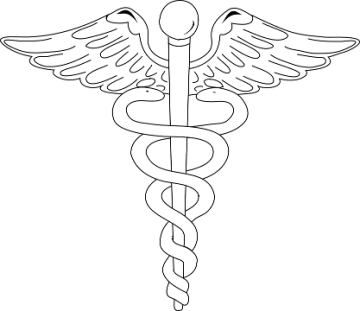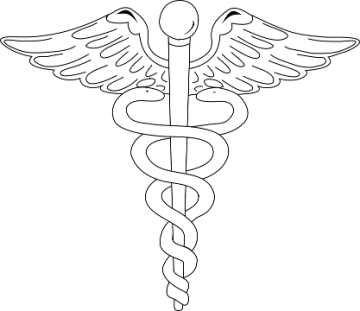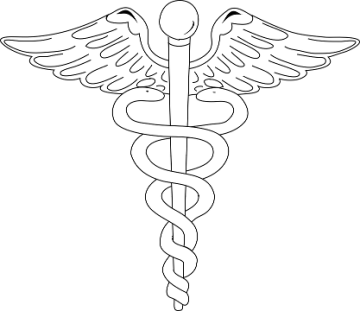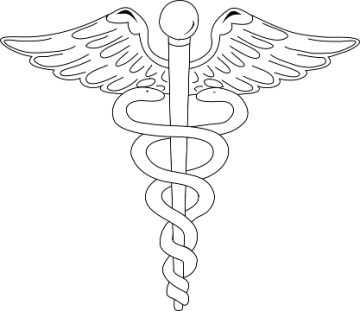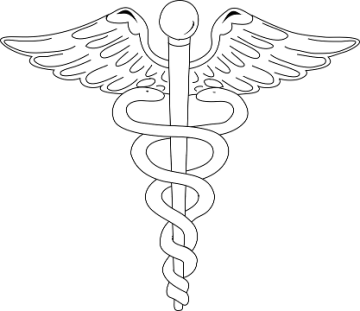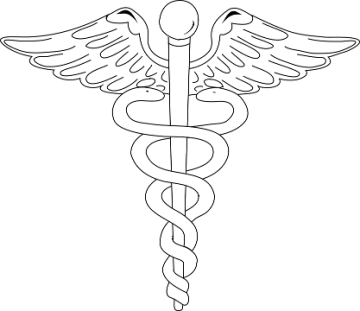What causes a pinched nerve & how chiropractic Can help: part II
A nerve becomes “pinched” when the nerve itself has been compressed by surrounding tissues. In some situations, cartilage, bone, or swollen soft tissue can impact the nerve itself. Some of the most common reasons why people develop pinched nerves include:
• Issues related to weight and obesity
• The development of rheumatoid arthritis
• Suffering a traumatic injury playing sports or in a motor vehicle accident
• Stress from poor work ergonomics
• Certain hobbies, particularly athletics, that can lead to a pinched nerve through an overuse injury
